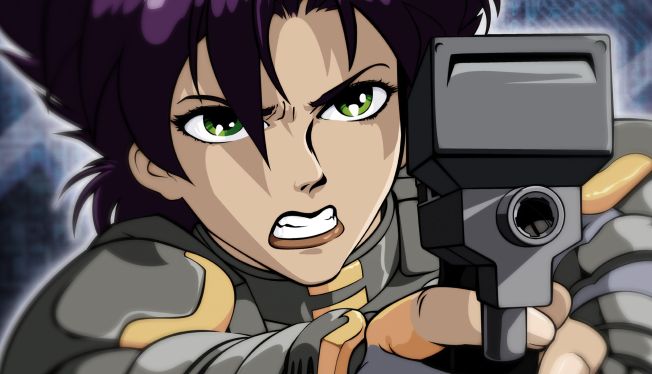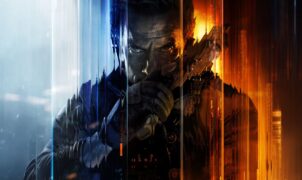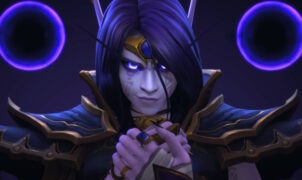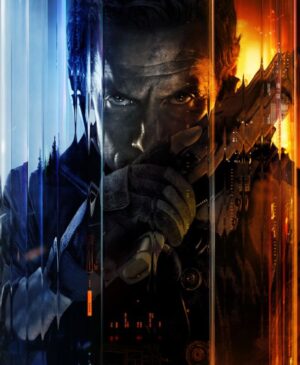Long before the Souls series revolutionized melee combat mechanics, Oni stood out as a nearly unbeatable benchmark for action games. This classic gem remains stuck in obscurity, left untouched by remaster opportunities from Rockstar.
Bungie, best known for its Destiny saga and the controversies surrounding its live-service model, has nevertheless maintained an indisputable reputation for excellence in certain areas: artistic vision, music, and above all, the smoothness of its gunplay mechanics. This is a legacy cherished in the highly competitive gaming industry, but few remember that Bungie once excelled in hand-to-hand combat with a game that has since become a cult classic.
That game is Oni (2001), a third-person action adventure inspired by legendary Japanese anime like Ghost in the Shell and Akira. While overshadowed at the time by the immense success of Halo, the game still garners respect among niche enthusiasts who appreciate its groundbreaking combat system.
Bungie’s Unlikely Foray into Melee Combat
At first glance, Oni seems like an anomaly in Bungie’s portfolio, given its lack of prior experience with the genre. The studio was primarily known for real-time strategy games (Operation Desert Storm, Myth) and first-person shooters like the Marathon series. However, Oni was developed by Bungie West, a subdivision of the studio responsible for this single, ambitious title. Among the notable contributors was Lorraine McLees, the artist behind the iconic Halo logo and countless designs for the Master Chief’s universe.
Set in a dystopian world dominated by corporate authoritarianism, Oni follows the protagonist Konoko as she fights against the oppressive government, uncovers secrets about her past, and attempts to save part of Earth’s population. While the storyline was fairly standard for the late 1990s — akin to The Matrix or Shadow the Hedgehog — its innovative combat mechanics set it apart.
A Combat System Ahead of Its Time
What truly defined Oni was its advanced melee combat. Although firearms were available (limited to one at a time), most encounters centered around martial arts. Unlike modern games that rely on simple combinations of light and heavy attacks, Oni introduced directional-based combat mechanics with unique animations and effects for nearly every button combination.
The game featured various punches and kicks that changed based on whether the character was standing still, walking, or running in any direction. Additional moves allowed players to attack from the ground or mid-air. For instance, a ground-level kick could sweep an enemy’s legs, causing them to fall, while a crouch during a jump enabled an aerial flip. Players could even slide to pick up objects without losing momentum.
Individual attacks and combos were highly situational, influenced by the player’s positioning, speed, and even the enemy’s orientation. Some moves were designed to disarm opponents, others to stun them, and a few even served as both attacks and evasive maneuvers. Remarkably, players could also unlock the ability to control enemy characters, each with their unique move sets.
For a game released in 2001, Oni’s combat system was incredibly sophisticated and forward-thinking.
The Legacy of Oni
Despite its innovations, Bungie never revisited the Oni IP. Instead, the studio redirected its focus toward Halo and later Destiny. While the Marathon fan community has successfully modernized the trilogy through the Aleph One project, and the series is set to return as an extraction shooter next year, Oni remains in limbo.
A remaster of Konoko’s adventure would undoubtedly be welcomed by fans, but with Rockstar holding the distribution rights, its future remains uncertain.
Source: 3djuegos
















Leave a Reply